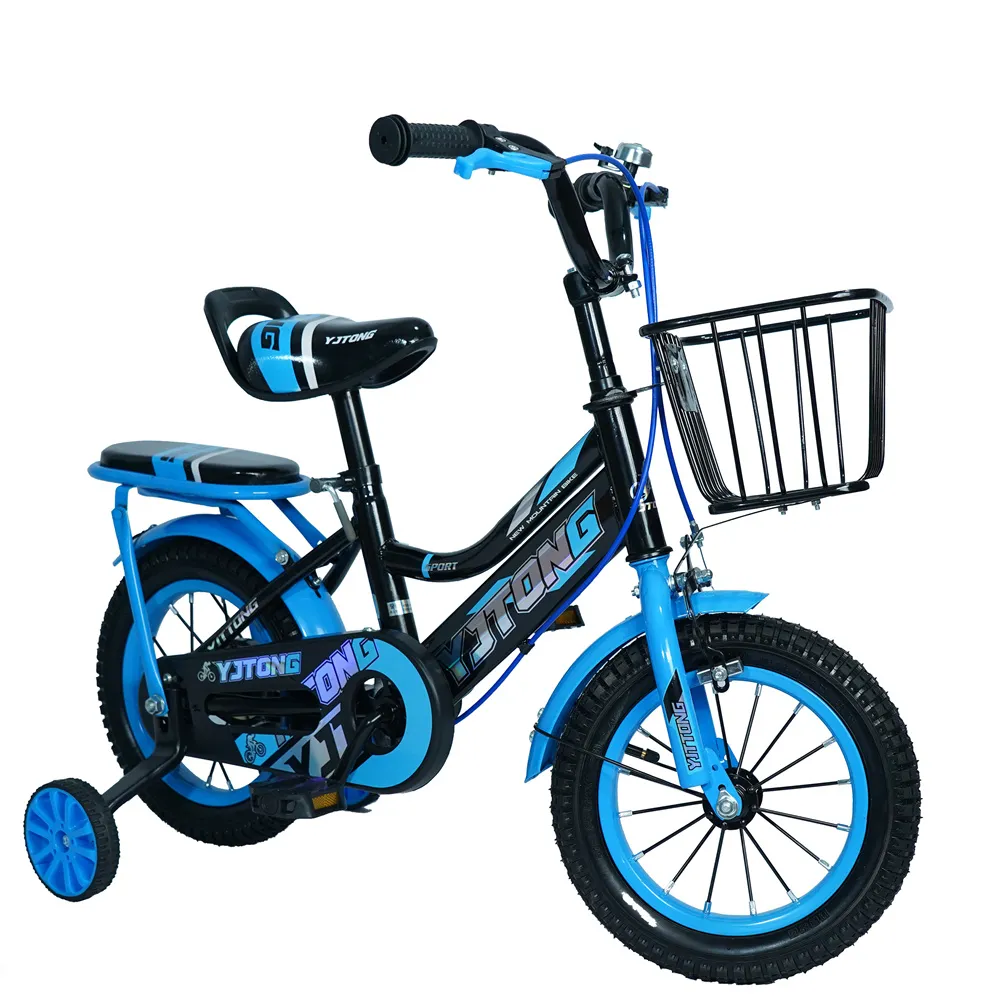A Comprehensive Guide to Choosing the Right Size Bike for Kids Based on Age and Height
Understanding Kids' Bike Sizes A Comprehensive Guide
When it comes to choosing the right bike for your child, one of the most crucial factors to consider is their size. A bike that fits well not only enhances the riding experience but also ensures safety and comfort. With so many options available, parents can sometimes feel overwhelmed. This is where a kids' bike size chart comes into play. Here’s a closer look at how to use this chart to find the perfect fit for your young cyclist.
First and foremost, it's important to recognize that children's bikes are categorized primarily by wheel size. General categories include balance bikes, 12-inch, 16-inch, 20-inch, and 24-inch bikes, with each size catering to different age groups and height ranges. It’s essential to measure your child’s height accurately, as this will directly influence the size of the bike they need.
Balance bikes are typically suited for toddlers aged 2 to 4 years old, helping them develop balance and coordination before transitioning to pedal bikes. These bikes are usually designed with a smaller wheel size, around 12 inches, perfect for little ones.
Understanding Kids' Bike Sizes A Comprehensive Guide
Next up, we have the 20-inch bikes, which are designed for kids aged 6 to 8 years and typically accommodate heights from 4 feet to 4 feet 5 inches. This is usually when kids begin to gain more confidence in their cycling abilities and possibly venture into longer rides.
kids bike sizes chart

As children reach ages 8 to 12, they will probably need a 24-inch bike, which is ideal for heights from about 4 feet 5 inches to 5 feet tall. At this stage, kids are not only mastering their riding skills but are also ready for more advanced biking, like mountain biking or road cycling.
One aspect that is often overlooked when selecting a bike is the importance of stand-over height. When a child sits on the saddle, they should be able to touch the ground with their tiptoes. This ensures they can stop safely and feel more secure while riding.
Another vital consideration is the overall weight of the bike. A lighter bike is easier for kids to handle, making it easier to start and stop. Additionally, having adjustable seats and handlebars can prolong the life of the bike as it can grow with your child, accommodating their changing size and skills.
Safety gear is equally important. Regardless of the bike size, equipping your child with a well-fitted helmet, kneepads, and elbow pads can provide extra protection and peace of mind.
In conclusion, choosing the right bike for your child involves more than just selecting their favorite color or design; it requires careful attention to their height and skill level. Utilizing a kids' bike size chart is an excellent way to do this, helping parents navigate the myriad of options available. The right size bike ensures a more enjoyable and safer riding experience, fostering a love for cycling that can last a lifetime. As your child grows, remember to reassess their bike needs regularly—this will help them remain comfortable and confident on their cycling adventures. Happy riding!
-
kids-scooter-tiny-olympic-games-scooterathlonNewsAug.22,2025
-
kids-scooter-waves-xingtai-zhongzhous-global-rippleNewsAug.22,2025
-
baby-tricycle-oem-legacy-zhongzhou-forgedNewsAug.22,2025
-
xingtais-twin-tricycle-revolution-siblings-ride-togetherNewsAug.22,2025
-
baby-tricycle-design-inspired-by-ancient-armorNewsAug.22,2025
-
nfc-chip-enabled-oem-baby-tricycle-trackingNewsAug.22,2025
-
The Perfect Baby TricycleNewsAug.11,2025








